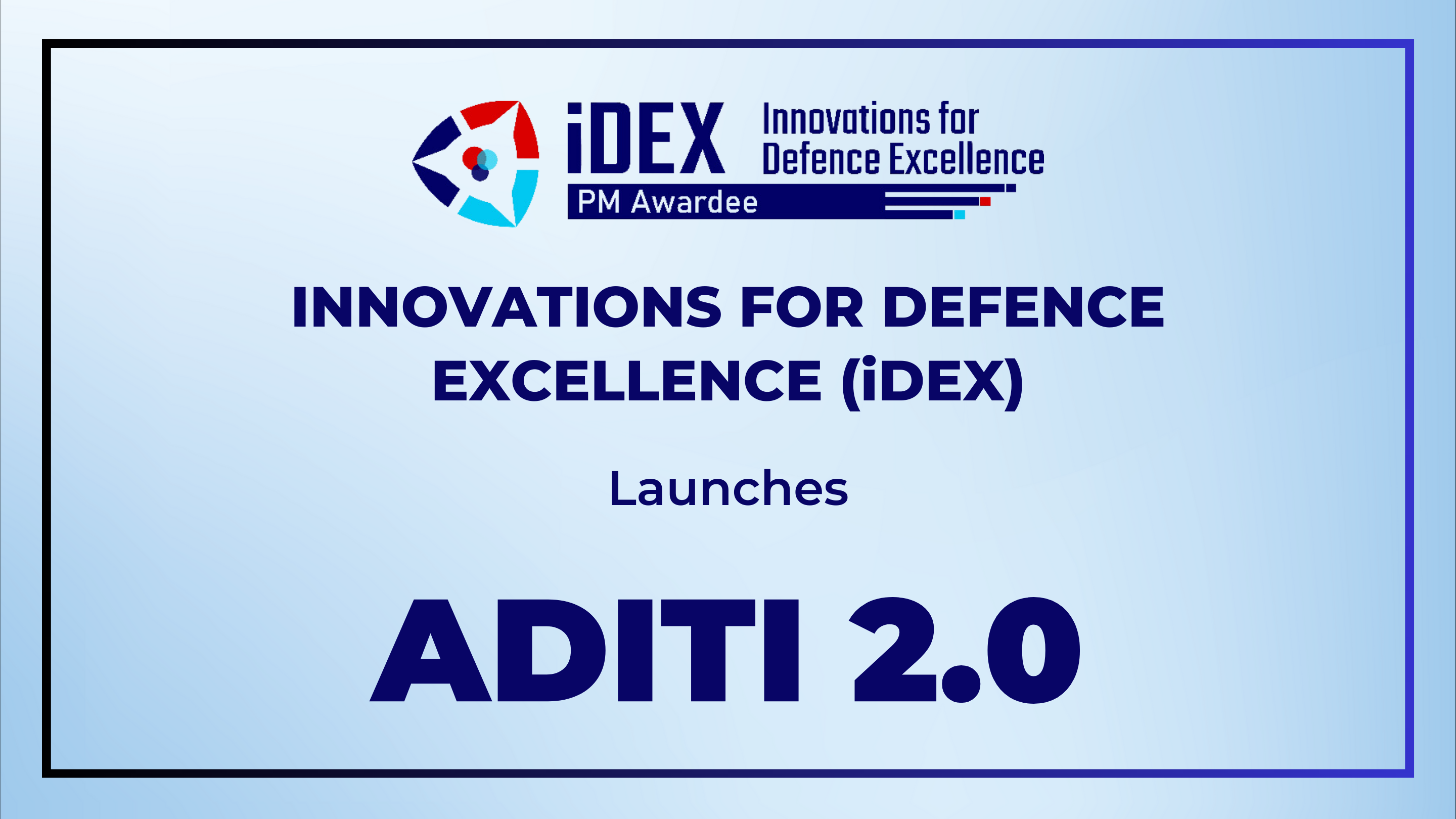2 ADITI

Naval- Collaborative Combat Air Vehicle (N-CCAV)
1. Threat Capabilities: The primary threat has acquired
Significant A2/AD capability at sea even at extended ranges.
a. Threat quality posed is very high and based around anti-air destroyers and AEW a/c.
b. Threat quantity has significant overmatch over
own forces which Cannot be rectified in a reasonable
timeframe.
c. Threat defences have become highly evolved against existing conventional weapons including sub/ supersonic ASMs.
d. Threat can manifest a significant sea denial capability in areas of interest maritime via fait accompli scenarios necessitating a lethal and capable response.
2. Own Strike Capability: Own assets which are operationally competitive to these threats are available in limited numbers specifically
a. The number of own 4+ gen aircraft that can be brought to bear is low.
b. The number of VLS cells onboard ships are highly restricted and operational capability cannot be rapidly regenerated when engaged in conflict.
c. The cost of even achieving parity with the threat is unaffordable and will require unacceptably long build times.
3. Therefore, there is an urgent need to restore -:
a. Counter-air capability against integrated air defences to enable own maritime forces to conduct their missions.
b. Air to Surface capability even in the presence of high end A2/AD threat
4.Creation Of operationally competitive “Combat Mass At Range” utilizing Collaborative Combat Air Vehicles (CCA). The capabilities created need to be: -
a. Able to undertake teaming operations with manned aircraft for air to surface missions.
b. Affordable/ capable of being stood up in a short time frame.
c. Sustainable at sea for multiple engagements in an extended conflict. This necessarily requires a ship-based solution.
d. Revitalise existing 4+ gen fighters and air/surface to surface weaponry.





























